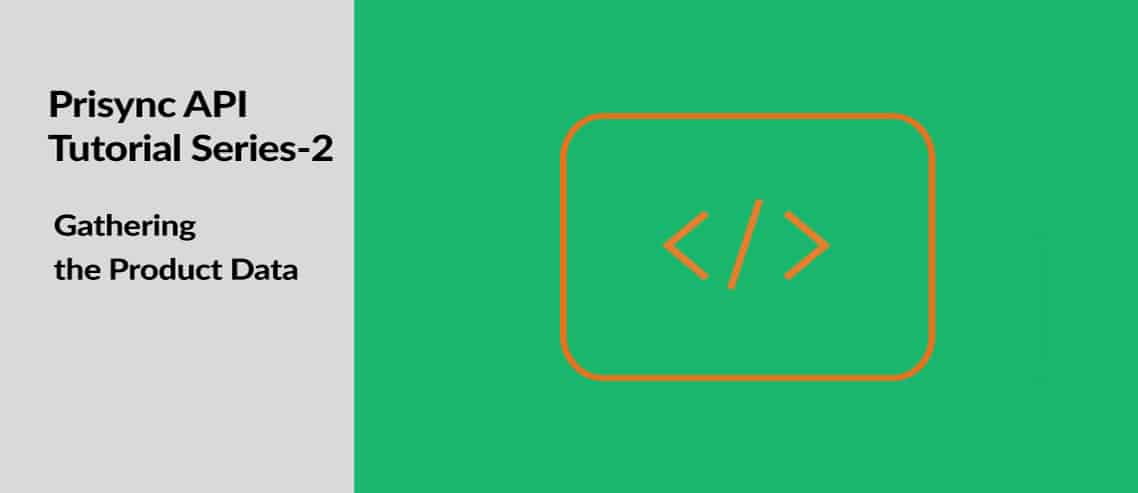
Prisync | Blog
Attract and retain customers with actionable pricing strategies in the ecommerce arena and increase your competitive edge.

Attract and retain customers with actionable pricing strategies in the ecommerce arena and increase your competitive edge.

Prisync is a competitor price tracking and dynamic pricing software for any size of ecommerce business. It helps your business to optimize prices and maximize revenue by tracking competitors and smart market data analytics. How… Continue Reading
Marketplace Data Tracking When it comes to price competition on ecommerce platforms like eBay, Amazon, Shopify, Google Shopping, and more you need automations/apps/tools that will make your work for market research easier, make it easier… Continue Reading

Hey Magento users or the ones who are planning to use Magento for their online store, are you ready to meet with the most exciting Magento extension? If so, just sit back and keep reading!… Continue Reading

I know you are surrounded with a thousand analytics tools; tools measuring the visitor traffic or conversion rates on your webshop; other tools monitoring your ads on Google or Facebook; gadgets for A/B testing; tools… Continue Reading

Welcome to the 2nd of Prisync API Tutorial Series aiming to clarify the API foundations. In the first blog post, I speculated about: which problems Prisync (and the API V2.0) solves on behalf of you,… Continue Reading

This post is an introduction to Prisync API V2.0, aiming to explain the foundations and beyond. Let's get directly into it. The Problem Let's assume you are running an e-commerce website, called "The Lovely Store",… Continue Reading